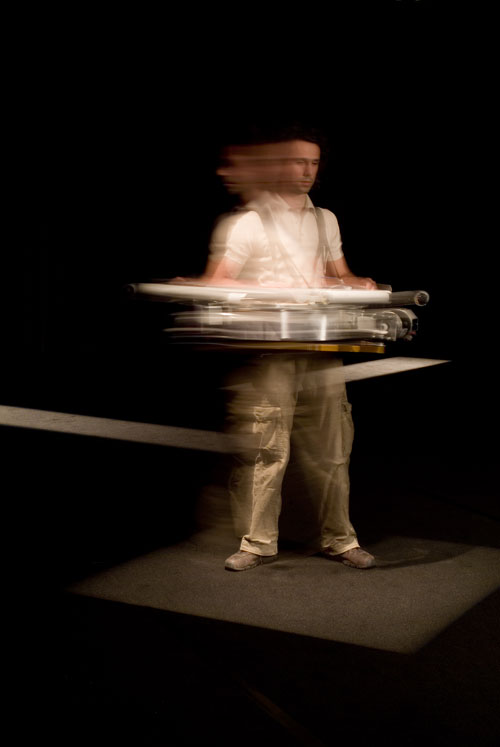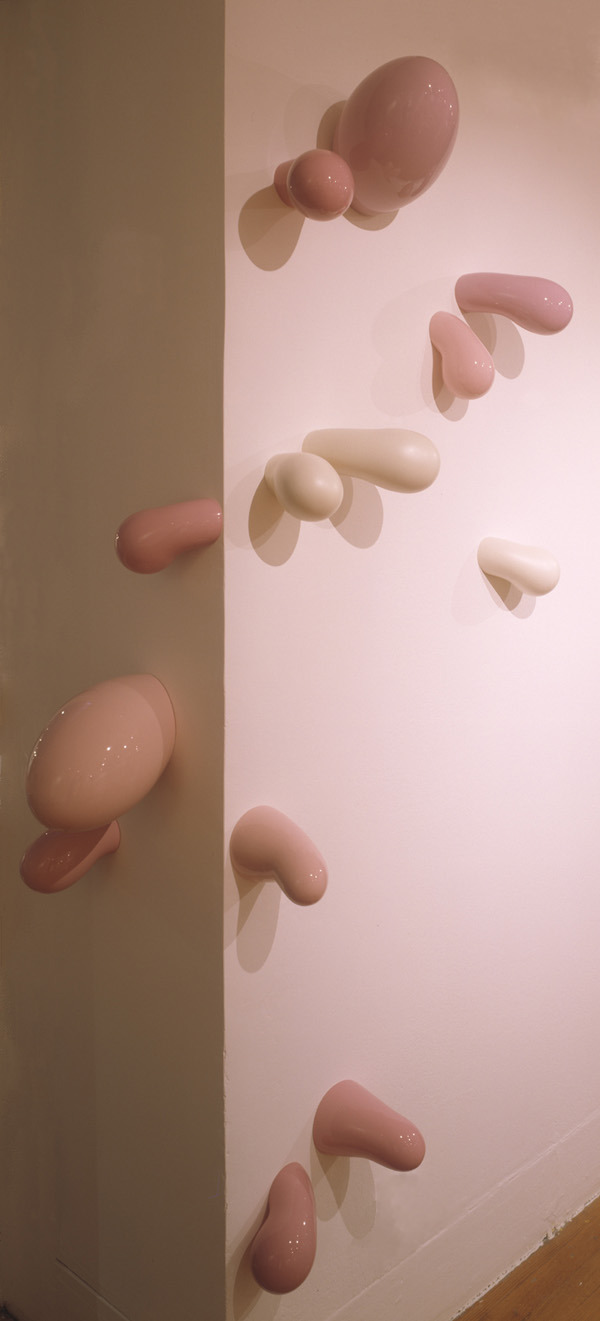
Nicholas Stedman
After Deep Blue
ADB is a modular robot designed for tactile interactions with people. It is composed of a chain of prism-shaped robotic modules. Through the modules’ coordinated behavior, the robot writhes, wriggles and twists in response to the presence of skin and force. The robot is animated only when actively engaged by a person, otherwise it is at rest. Stroking, rubbing or grasping ADB results in it pushing back, retreating or occasionally grasping onto a body part, depending on the combination of stimulus. Participants may experience the object at their leisure. They can play with the device, exploring how it feels, and how it responds to their touch.



